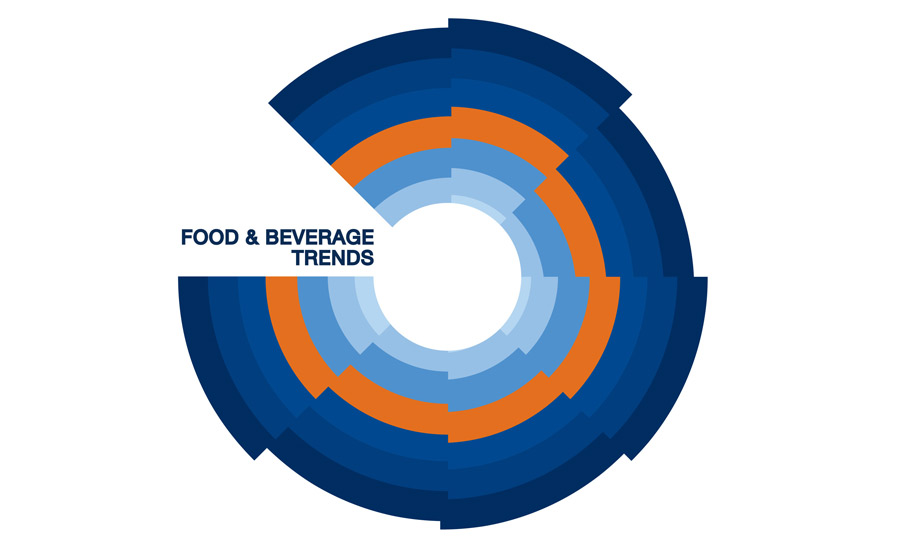In the never-ending quest to connect with consumers on a meaningful level, today’s marketers like to think they can target specific needs by appealing to hot-button desires in health and wellness, changing eating behaviors or influencers to purchase.
That’s why The Hartman Group, Bellevue, Wash., released a Top 10 list of key words that should be part of every food and beverage industry professional’s vocabulary.
Alone
How we eat in America today is a reflection of the continued erosion of ritual. In fact, more and more Americans are eating alone; they’re prioritizing non-ritualized snacking over meals; and as household sizes are getting smaller, mealtime ritual is becoming harder to sustain.
Balance
Balance today encompasses not only eating, resting, energy and activity, but also social life, “me time,” and mental and emotional wellness.
Culture
Culture encompasses the assumptions, meanings, ideals, goals, habits and ways of interpreting the world that a particular community shares. Culture is also a force that determines behavior, constrains choice, shapes desire and defines need.
Digestion
A cultural shift from a focus on heart health to the gut has begun. Good digestion is the root of all wellness and the key to feeling good. Consumers are turning internally to their own bodily cues, starting with their digestion, to judge the healthfulness of foods.
Energy
In a departure from the past, energy is part of the very definition of contemporary health and wellness. Consumers perceive energy management as a daily cycle involving rest, activity, diet and downtime.
Foodie
In food circles today, few terms lack any clear definition of what it really means as does “foodie.” Individuals who describe themselves as foodies are really only at a mid-point in terms of where they really intersect with "foodie-ism.” Foodies are devoted to extreme eating and taste tripping, are obsessed with obscurity and are more likely to cook from scratch ingredients.
Gen Z
Say hello to the new kids on the block. With over 74 million kids, Gen Z makes up almost one-quarter of the U.S. population. Don’t take their youth for granted, though. They are at an impressionable and inquisitive age in which they are busy forming perceptions of the companies, brands, products and marketing messages they encounter on a daily basis. Gen Z is well positioned to be the most diverse generation yet, and is the first generation to truly grow up alongside the digital age.
Occasions
Eating is a cultural practice, and eating occasions are more than the logistical components of discrete eating and drinking moments. To look at eating occasions is to capture a snapshot of culture today — who we are, how we work and live and what we value — certainly with respect to food, but also as a society in general.
Snacking
Gone are the days of the idealized three balanced meals a day. Snacking is no longer about a specific product category, but rather about a set of behaviors. In other words, anything and everything can be a snack.
Transparency
Consumers increasingly want to know what is in the food they are eating, how it was made, where it came from and how the animals and people that were part of its creation were treated. Consumers also want and expect companies to be more transparent about their ingredients and production processes.



